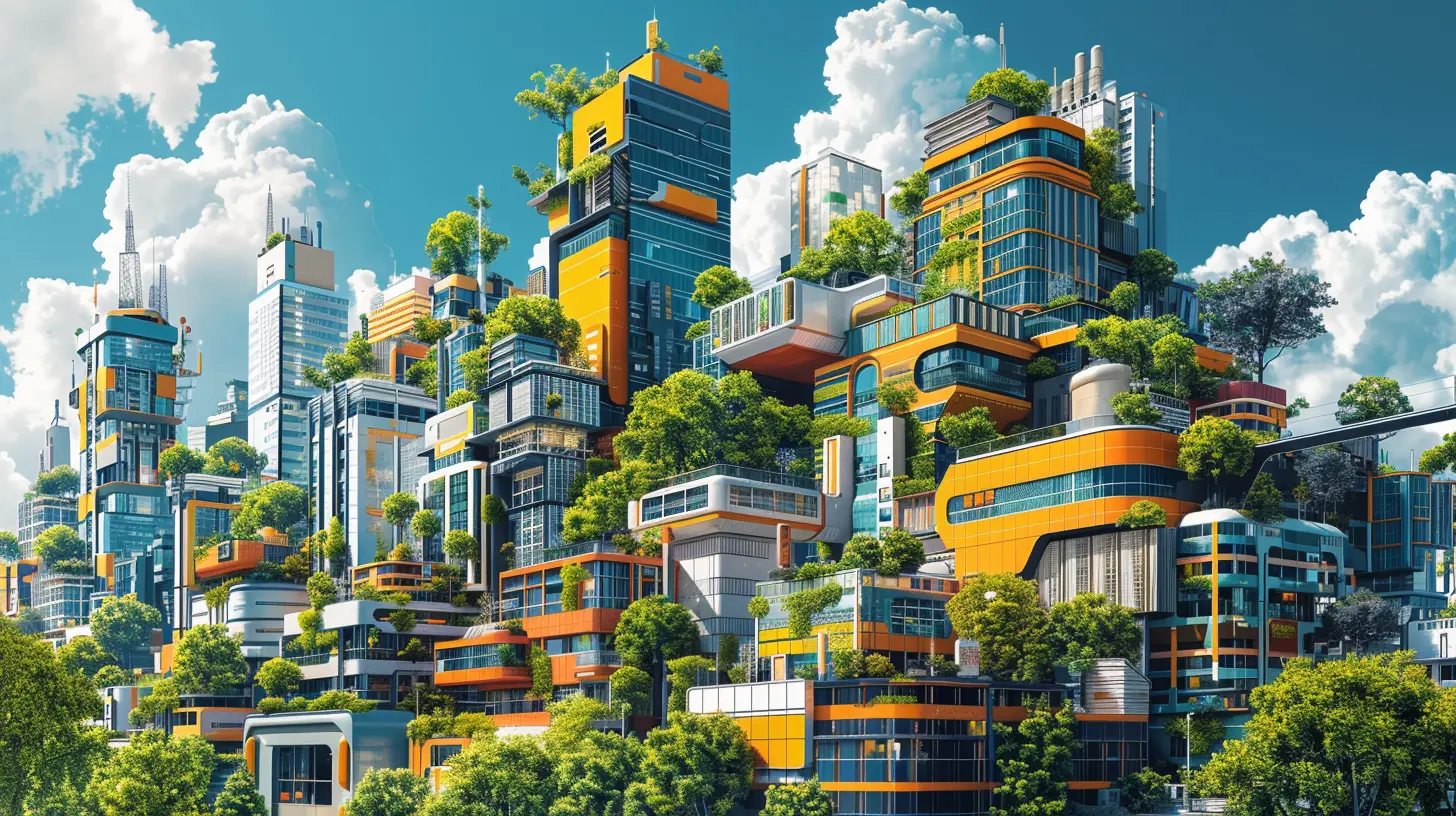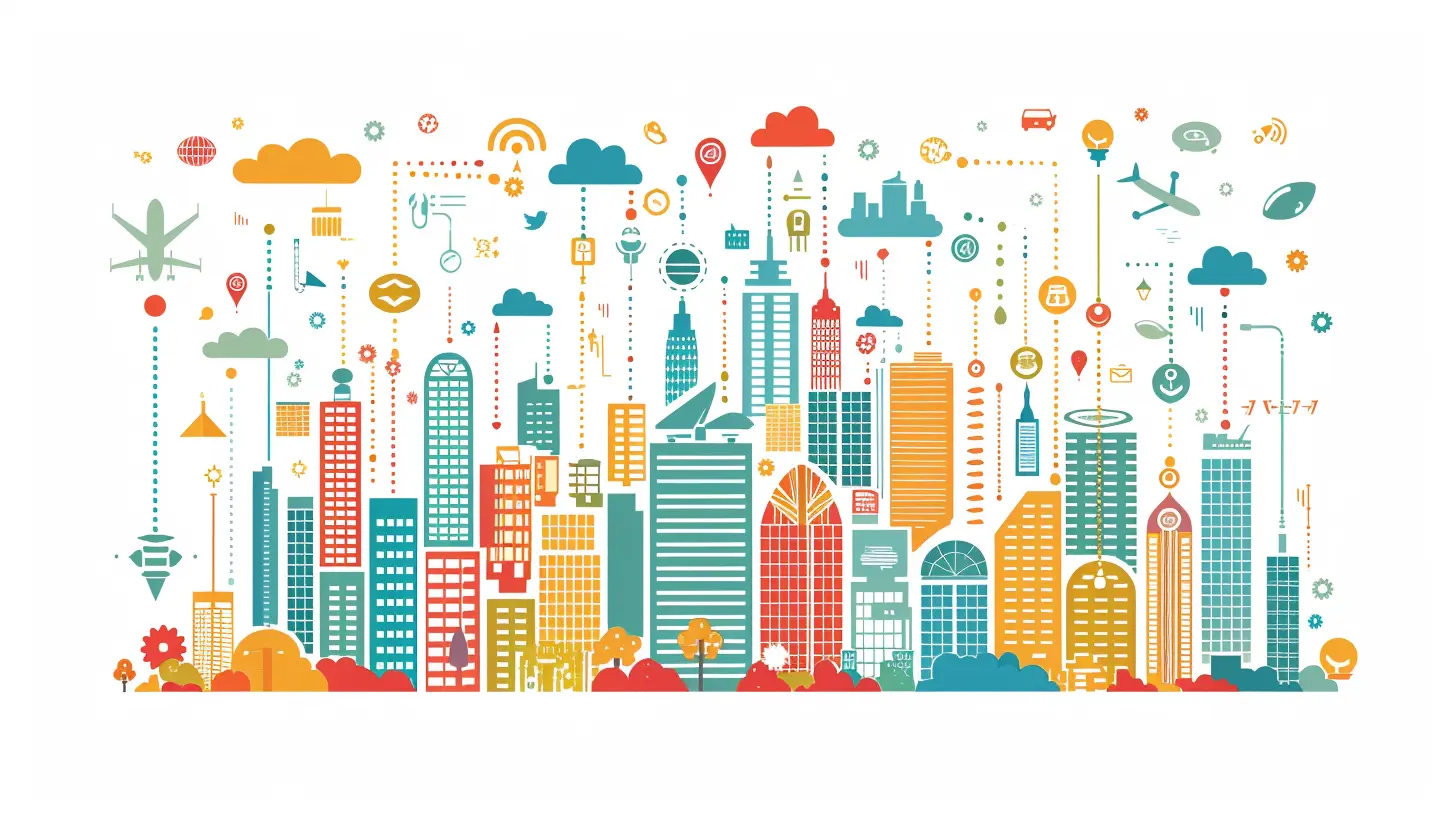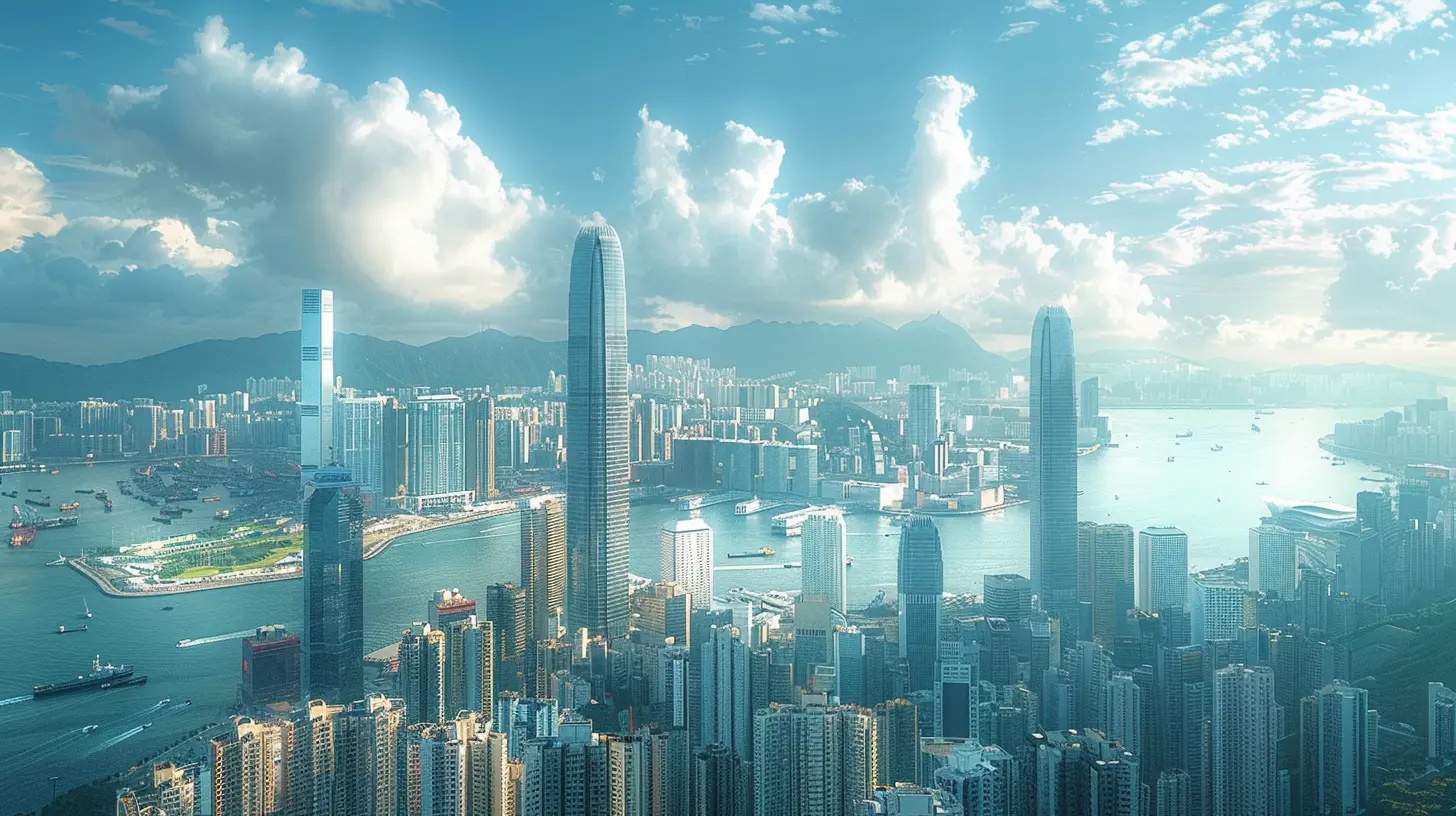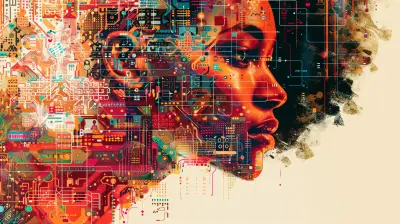The Next Generation of Smart Cities: How Tech is Driving Urban Innovation
14 August 2025
Imagine this — a city that knows when your trash bins are full, adjusts traffic lights based on congestion in real-time, and even helps you find the closest parking spot without driving in circles. Sounds futuristic, right? Well, welcome to the world of smart cities — where technology isn't just a convenience, it's the foundation of how cities operate and serve people better.
The concept of smart cities isn't brand new, but the ways tech is reimagining urban life are more exciting than ever. Let’s take a deep dive into how the next generation of smart cities is shaping up and the tech that's making it all possible.
What Is a Smart City Anyway?
Before we go deep, let’s get on the same page. A smart city uses digital tech, data, and connected devices (think: the Internet of Things, or IoT) to improve infrastructure, services, and the overall quality of life for residents.But it's not just slapping some sensors on streetlights and calling it a day. It’s about creating a seamless, responsive, and efficient environment where everything talks to each other — from public transportation to environmental systems and beyond.
Why Are Cities Getting Smarter?
You may wonder — why fix something that’s not broken? Well, the truth is, cities are under more pressure than ever. Populations are growing. Traffic is getting worse. Resources are being stretched thin. And climate change isn’t exactly waiting.Smart cities are tech’s answer to these challenges. Using data and automation, they help city leaders make better decisions, save money, reduce emissions, and just make life easier. It's like giving cities a brain — so they can think, react, and even predict what will happen next.
Core Technologies Powering Smart Cities
Let’s get into the real meat of it — the tech that’s making smart cities tick. Spoiler alert: it’s not just about fancy gadgets.1. The Internet of Things (IoT)
IoT is the MVP of smart cities. These are the connected devices and sensors collecting all that juicy data. Think city-wide Wi-Fi, smart thermostats in public buildings, or sensors embedded in roads.These devices feed real-time info to centralized systems that help manage everything — from water usage to waste collection. Imagine your city's garbage trucks only picking up bins that are actually full. Now that's efficient.
2. Artificial Intelligence (AI) and Machine Learning
AI is where things get really smart. With machine learning, cities can predict traffic jams before they happen, spot patterns in energy usage, or even recognize crime risks in specific areas.For example, AI-powered surveillance in some cities can analyze footage to detect unusual behavior — not to invade privacy, but to help keep people safe. Creepy or cool? Well, that depends on how it’s used.
3. 5G Networks
High-speed, low-latency 5G is like the nervous system of a smart city. Without it, all those connected devices would just be shouting into a void.5G allows for faster communication between devices. Want autonomous vehicles? Smart traffic lights? Seamless public Wi-Fi? You need 5G. It's the bandwidth booster that brings everything together.
4. Big Data Analytics
All the data in the world is useless without context. This is where big data analytics steps in. It helps city planners make sense of millions of data points per second.Think of it like having a crystal ball — one that analyzes historical and real-time data to help predict future needs. Whether it’s planning new bus routes or preparing for heatwaves, big data is the silent hero.
5. Renewable Energy Integration
Smart cities aren’t just tech-savvy; they’re environmentally conscious too. Solar panels, wind energy, and smart grids help cities reduce their carbon footprint.Smart grids, in particular, can reroute electricity to avoid outages, or even draw energy from people’s home solar systems and redistribute it. Power to the people? Literally.
Real-World Smart Cities in Action
You might be thinking, “Okay, sounds cool, but is anyone actually doing this?” Absolutely. In fact, some cities are already knocking it out of the park.Singapore: The Blueprint of Smart
Singapore is often hailed as the gold standard for smart cities. From high-speed internet everywhere to autonomous buses and robotic cleaning crews, this city-state is all-in on tech.One standout is their Virtual Singapore project — a dynamic 3D model of the entire city that planners use to test everything from crowd control strategies to emergency response scenarios.
Amsterdam: Sustainability at Its Core
Amsterdam is leveraging tech mainly to go green. Smart meters, energy-efficient buildings, and intelligent transportation systems are helping the city reduce emissions.They’ve also incorporated citizen feedback into their tech plans, showing how a balance of tech and community input can shape a truly livable city.
Dubai: Futuristic Vibes
Dubai’s smart city efforts are more on the flashy side. With AI judges in courts, drone deliveries, and even a robotic police force, Dubai is all about pushing boundaries.They also launched the Smart Dubai initiative, with a goal to make Dubai the “happiest city on earth” using digital innovation. Now that’s ambitious.
Benefits We Can All Get Behind
Let’s be real — not everyone is a tech geek. But you don’t need to be one to appreciate the perks of living in a smart city. Here’s what’s in it for all of us:- Less Traffic: Real-time monitoring and AI route planning mean smoother commutes.
- Cleaner Air: Smarter energy usage = fewer emissions.
- Lower Bills: More efficient city systems can mean savings for you and your local government.
- Better Safety: From flood alerts to crime detection, smart cities are designed to protect.
- More Convenience: Whether it's paying for parking via app or automating your home, life just gets easier.
Challenges Still on the Road Ahead
Alright, not everything is sunshine and self-driving cars. There are definitely some bumps on the smart city road.1. Privacy Concerns
With so many sensors and cameras, comes a huge question: Who's watching whom? And what are they doing with that data?Trust is a big issue. Cities need to prove they’re using data responsibly, with transparency and strong cybersecurity measures in place.
2. High Costs
Tech isn’t cheap. Retrofitting old infrastructure with new systems can be a major investment. It’s like trying to make a 1960s house fully smart without tearing it down first.3. Digital Divide
Not everyone has equal access to technology. If cities aren’t careful, smart solutions could widen the gap between the tech-savvy and those left behind.Smart cities must prioritize inclusivity—making sure the benefits reach everyone, not just the few with the latest smartphones or fastest internet.
The Future: Smarter, Greener, More Human
So, what does the future hold? More than just flying cars and AI assistants. The future of smart cities is all about balance—between tech and humanity, innovation and privacy, efficiency and empathy.We’ll see more biodegradable sensors, AI that respects privacy, and decentralized networks powered by everyday people. Picture a city that listens, adapts, and improves—just like your favorite app getting smarter with each update.
In the long run, smart cities won’t just be about technology — they’ll be about people. Tech is the tool. We’re the architects.
So next time you see a smart traffic light or a solar-powered bench with Wi-Fi, know that it’s all part of the bigger picture — a world where cities work for us, not the other way around.
Final Thoughts
The next generation of smart cities is more than just a buzzword — it's a movement. One built on the pillars of connectivity, sustainability, and human-centered innovation. With each new sensor, algorithm, and piece of public tech, we're not just upgrading our cities — we're reimagining life as we know it.And while there are hurdles, the vision of cleaner, safer, and more efficient cities is well worth the effort. The tech is here. The ideas are flowing. Now it's up to all of us — city planners, techies, and everyday folks — to build it together.
all images in this post were generated using AI tools
Category:
Tech NewsAuthor:

Ugo Coleman
Discussion
rate this article
1 comments
Keira Lawrence
This article highlights the exciting advancements in smart city technology that are transforming urban living, enhancing sustainability, efficiency, and connectivity. A must-read for tech enthusiasts!
August 16, 2025 at 3:00 AM

Ugo Coleman
Thank you for your feedback! I'm glad you found the article engaging and informative about the future of smart cities.

